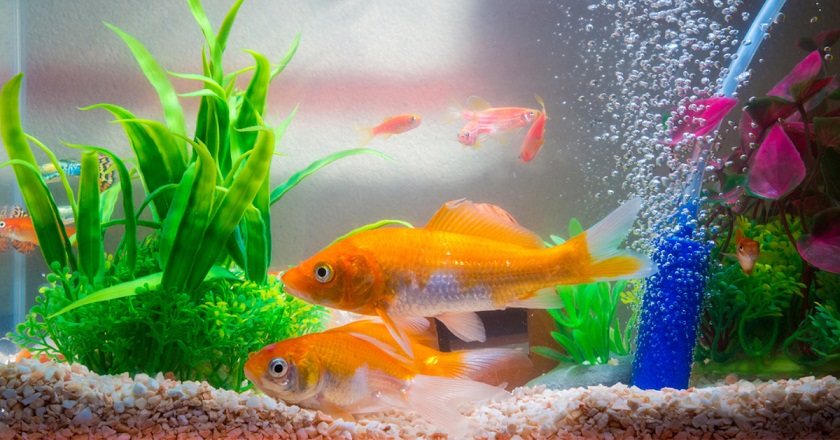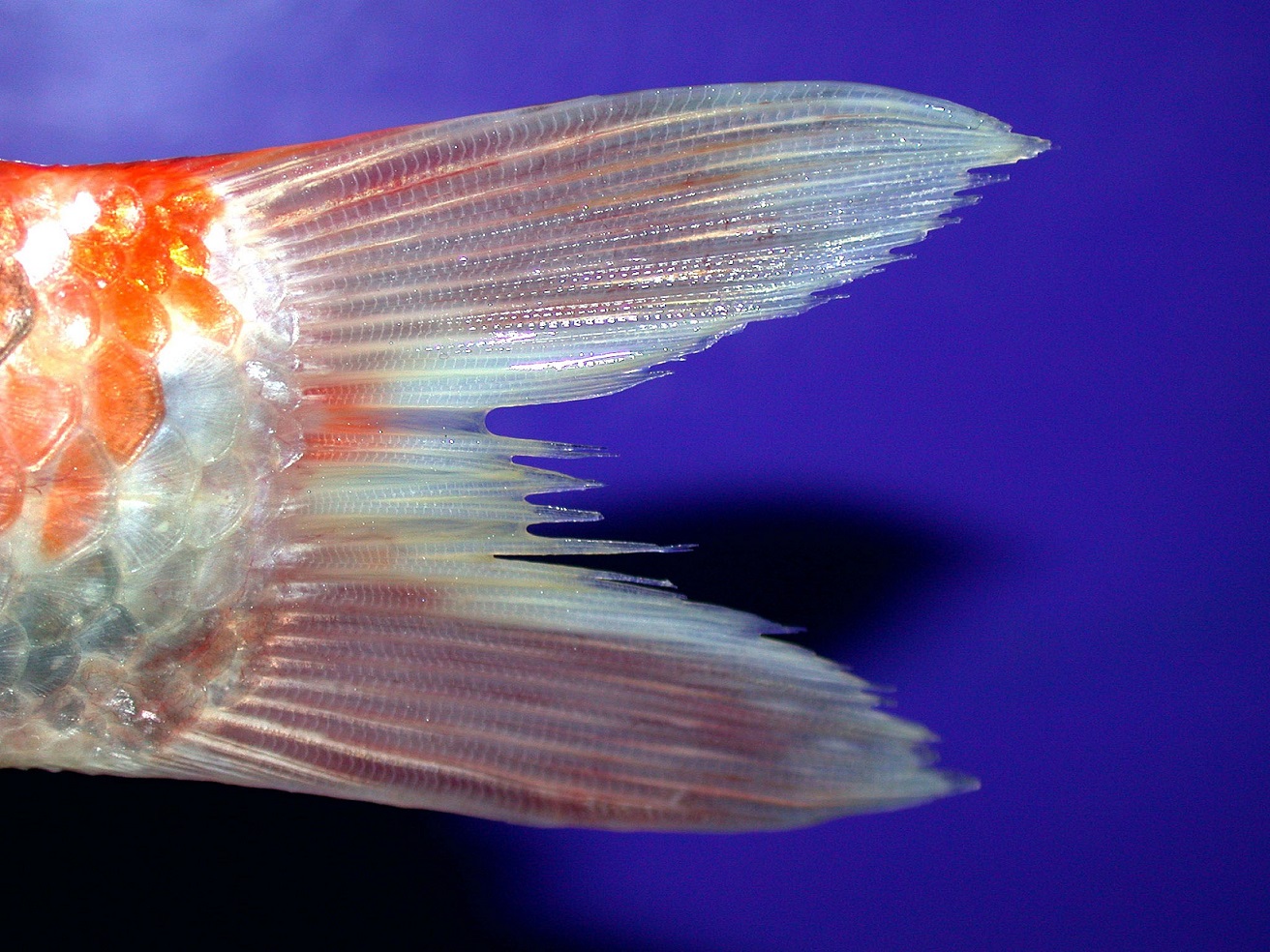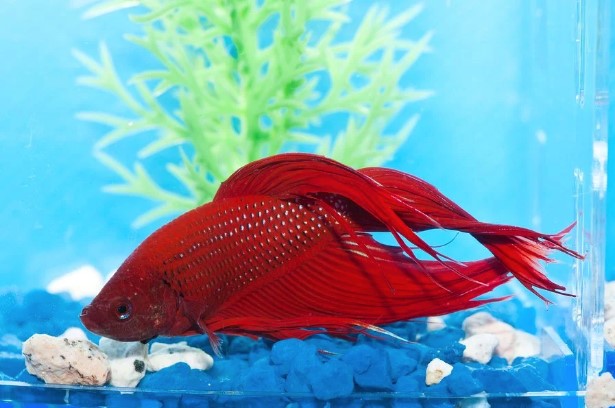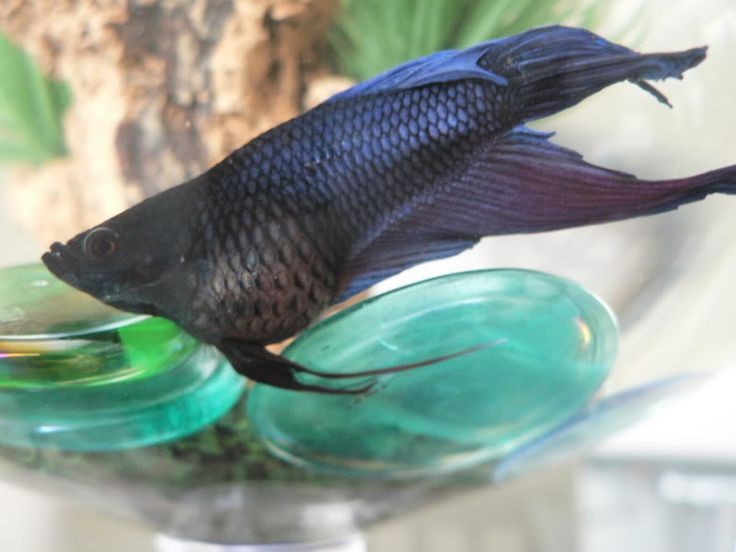4 Common Diseases in Aquarium Fishes to Look Out For

Before getting your personal Nemo, Dory and friends, it’s crucial that you know everything there is to about these little swimmers. Fishes, like every other pet, are vulnerable to diseases. As a fish-keeper or potential owner, one of your most important responsibilities is to consistently check in on your pet.
More often than not, fishes contract diseases due to the environment and/or stress. Fortunately, many of these diseases can be circumvented or remedied with prior understanding and knowledge. Here are four prevalent illness among aquarium fishes to take note of.
Fin Rot

Source: kingbritish
Fin rot is usually caused by an overcrowded tank, inadequate food, water and/or stress. Alternatively, it may also be a result of bullying from the other fishes (yes it happens!).
There are several ways to detect the disease. Some of the more recognisable symptoms are white spots, frayed or tattered fins. Some fishes may also have blood-streaked fins. Fin rot is usually treated with anti-bacterial medication or through the replacement of the fish’s water and food. While fin rot is easily treated, it can be life-threatening once it reaches the fin’s base.
Swim Bladder Disorder

Source: Wide Open Pets
Though this disease is most common in Bettas and Goldfishes, it can infect any species of fish. There are several reasons behind swim bladder disorder including bacterial infections, birth defects, constipation or enlarged organs due to excess air and/or food.
Fishes that suffer from swim bladder disorder will lose their buoyancy, tend to sink or float towards the surface upside down as well as sport a swollen belly. If your fish is suffering from swim bladder disorder, refrain from feeding it for at least three days, then proceed to give it cooked skinned peas.
Dropsy

Source: thepetstep
Dropsy is an infection caused by Aeromonas, a bacteria found in all aquariums. This infection is said to affect fishes with a compromised immune system ¬– often a result of stress.
Signs to look out for in a fish infected with Dropsy includes skin lesions, bulging eyes and bloatedness, to name a few. More often than not, fishes with Dropsy will, unfortunately, not survive the disease, unless it is identified and tackled in the early stages. Fishes infected with Dropsy should immediately be separated from the rest of the tank’s inhabitants as it can be contagious.
Columnaris
Columnaris is a bacterial infection that’s a result of poor water quality and diet. Similarly to Dropsy, the bacteria that causes Columnaris can be found in almost every aquarium environment and is highly infectious.
Fishes suffering from Columnaris will develop mould-like lesions on its back, mouth and gills. These lesions often start off pale in colour but will soon appear yellowish or brownish with a red tinge. Fortunately, Columnaris can be treated with antibiotics and with a thorough cleaning of the tank.
If your fish happens to show any of these symptoms, there’s no cause for panic. Contact or drop by Singapore pet shops for advice and medication or if necessary, consult the necessary vets in Singapore.








